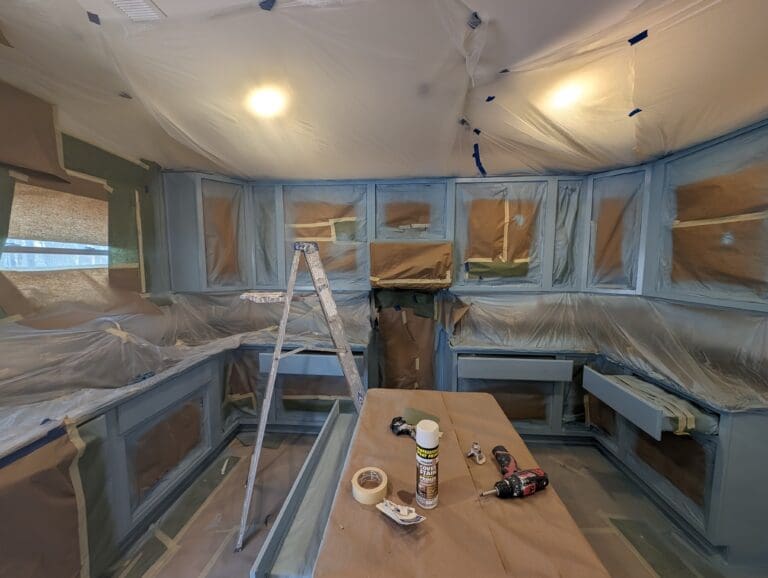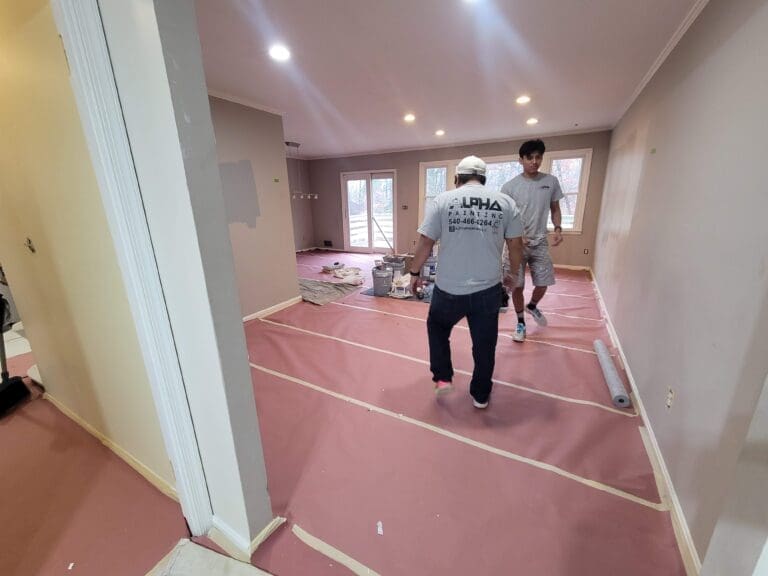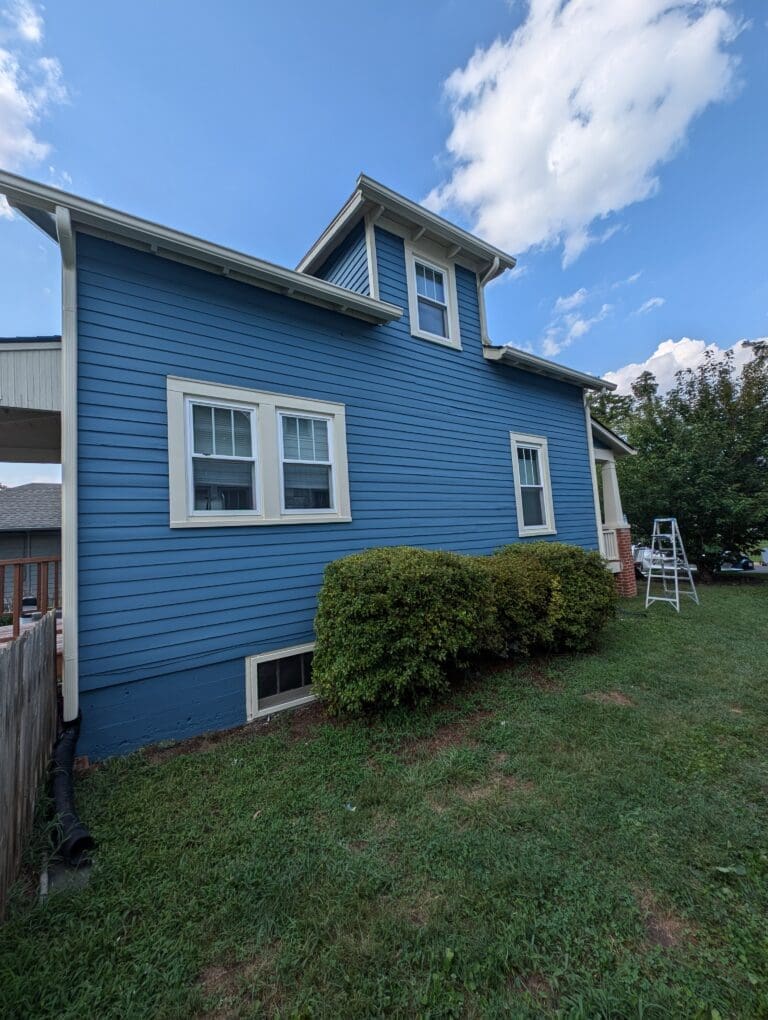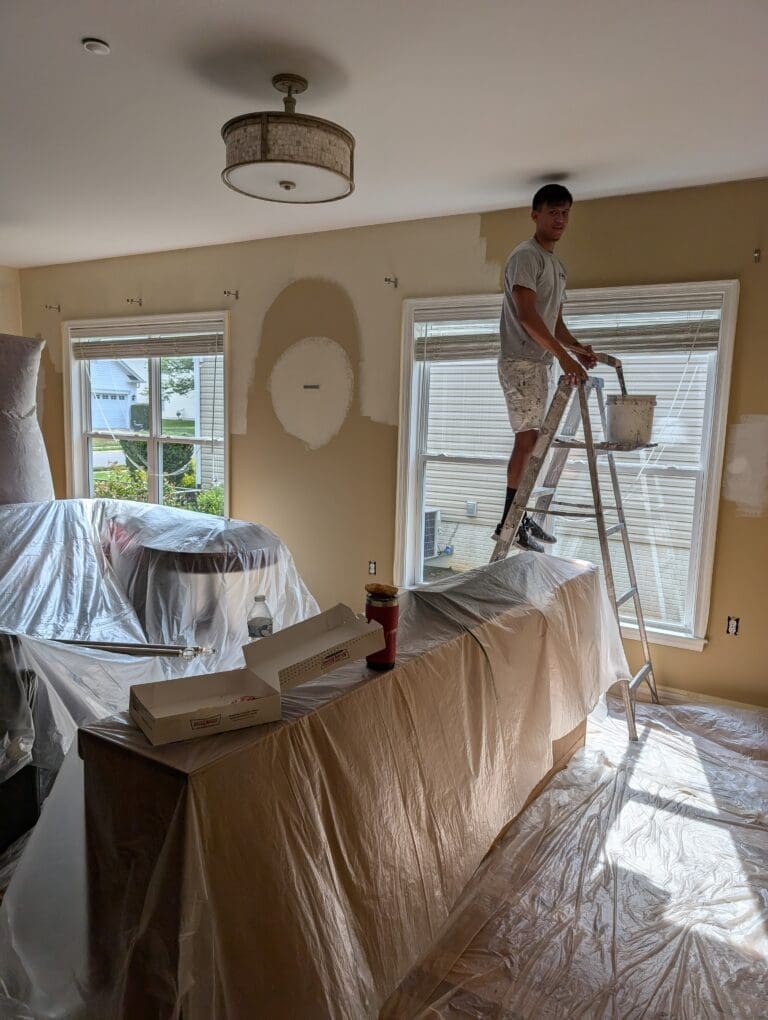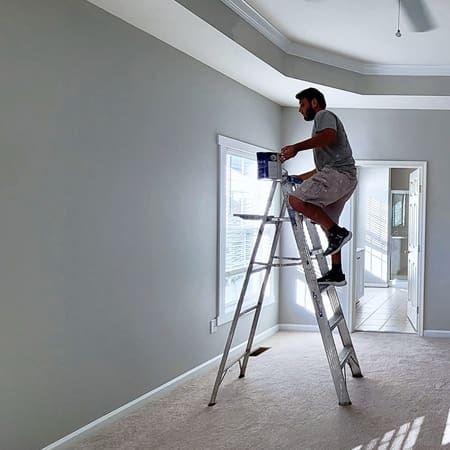How to Budget for Interior and Exterior Painting on New Constructions in Virginia
Planning the budget for a new construction project is always a balancing act. Every decision, from flooring to lighting, affects the overall cost and the quality of the finished home or building. Painting is no exception. Whether it’s a single-family home in Fredericksburg or a larger commercial project in Northern Virginia, budgeting for interior and exterior painting requires careful thought. Done right, it ensures that the final product is both beautiful and durable. Companies like Alpha Painting, which specialize in new construction projects, often see how early planning makes all the difference.
Table of Contents
Why Painting Should Be Prioritized in a New Construction Budget
Painting is one of the final stages of construction, yet it impacts how people perceive the entire project. A well-executed paint job highlights the craftsmanship of carpentry, drywall, and exterior finishes, while a poor one diminishes their value. Budgeting properly for painting ensures that you don’t cut corners on labor, materials, or preparation, which are all vital for long-term results.
Costs associated with painting extend beyond just the cans of paint. Preparation, priming, surface treatments, and finish coats all play into the price. Exterior surfaces may need additional weatherproofing measures, and interior spaces may require specialized coatings for moisture-prone areas like bathrooms or kitchens. When these considerations aren’t factored into the budget early, unexpected expenses can throw off the entire construction timeline.
Understanding the Cost Drivers for Interior Painting
Interior painting costs in Virginia vary depending on the size of the property, the number of rooms, the quality of finishes selected, and the condition of the drywall after construction. Larger homes with multiple levels naturally require more paint and labor. Trim work, crown molding, and detailed finishes add complexity and labor hours.
Paint quality is another factor. Lower-end paints may seem attractive for cost savings, but they usually require additional coats and lack the durability needed in high-traffic areas. Mid-range and premium paints from trusted brands often cover better, resist stains, and last longer. Over time, they save money on repaints and touch-ups.
Preparation costs also need to be considered. Even in new construction, drywall requires priming, sanding, and sometimes patching. Skipping or underfunding this stage can lead to visible imperfections that compromise the overall appearance. For spaces like basements or laundry rooms, moisture-resistant primers or paints may also add to the budget.
Key Factors Driving Exterior Painting Costs
Exterior painting presents its own set of challenges. Virginia’s climate—hot, humid summers and cold, sometimes snowy winters—demands exterior paint that can handle expansion, contraction, and moisture exposure. This climate reality drives costs in several ways.
The type of siding or exterior material is a major cost driver. Painting brick requires a different process than painting vinyl, wood, or fiber cement siding. Wood siding, in particular, often requires additional prep work such as sanding or priming to ensure a smooth, long-lasting finish. Trim, shutters, porches, and railings add additional surfaces that must be accounted for.
Scaffolding, ladders, and safety equipment can also impact exterior painting budgets, especially for taller homes or commercial structures. Accessibility plays a large role: a three-story townhouse will cost more to paint than a single-story rambler, even if the square footage is similar.
Finally, exterior painting is not just about appearance. High-quality exterior paints act as a protective barrier against water intrusion, rot, and UV damage. Investing in the right materials and proper application ensures the building is safeguarded for years, reducing costly maintenance down the road.
How Timing Affects Painting Budgets
Timing is an often-overlooked aspect of budgeting for painting. In new construction, multiple trades work simultaneously, and paint typically comes after drywall, flooring, and electrical fixtures. However, if other trades delay, painters may need to return multiple times, adding to labor costs.
Seasonality also affects exterior painting. Virginia’s climate limits exterior painting to certain temperature ranges, usually late spring through early fall. Trying to paint outside of this window may require special materials or cause quality issues, both of which affect the budget. Scheduling early with painters who understand these constraints prevents delays and avoids cost overruns.
Estimating Costs Per Square Foot
A common way to budget for painting is by square footage, though the numbers vary. Interior painting in Virginia often ranges between $2 to $4 per square foot, depending on finishes and detail. Exterior painting can range from $1.50 to $4 per square foot, with higher-end materials and complex surfaces at the top end of the range.
While these figures provide a ballpark, they don’t capture the full picture. Ceilings, trim, and specialty areas add costs. Accent walls, decorative finishes, or higher-grade paints also raise the budget. A professional estimator will provide a more detailed breakdown that considers all of these factors, which is why working with an experienced painting contractor is critical during the planning stage.
Budgeting for Long-Term Value, Not Just Upfront Costs
Many property owners make the mistake of focusing only on upfront painting costs. Choosing the cheapest materials and labor might save money immediately, but it can lead to faster wear, peeling, and fading, especially in Virginia’s variable climate. That means repainting sooner than expected, often at a much higher cost overall.

A better approach is to view painting as both a finishing touch and a protective investment. Allocating funds for durable paints, thorough prep, and skilled application ensures that the new construction looks its best for years. It also protects underlying materials—drywall, siding, and trim—from damage.
Tips for Building a Realistic Painting Budget
Start by discussing your vision and expectations with your contractor during the design phase. Are you aiming for neutral tones throughout, or bold accent walls? Do you prefer a flat finish for walls and satin for trim? These choices impact both materials and labor.
Work with your builder and painter to align on timelines so painting can be completed efficiently without trade overlap. Ask about recommended paints for high-moisture areas, exterior durability, and long-lasting finishes.
Finally, always build in a contingency fund. Construction projects rarely go exactly as planned, and small adjustments in drywall finishing, weather delays, or scope changes can affect painting costs. Having an additional 10–15% in the painting budget helps absorb these shifts without stress.
Bringing It All Together
Budgeting for interior and exterior painting in new constructions is about more than plugging in numbers. It requires a clear understanding of cost drivers, climate considerations, material choices, and timing. Homeowners and builders who account for these factors early avoid surprises and ensure a smooth project finish.
In Virginia, where climate and building styles vary widely, thoughtful planning pays off. The investment in quality materials and skilled labor ensures the new construction not only looks polished on day one but also holds up beautifully for years to come.



